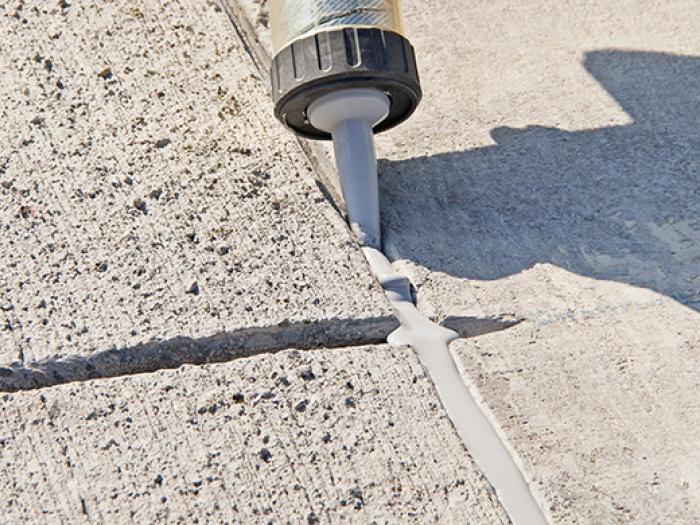Mastic sealant is an adhesive made from natural ingredients such as tree sap and pine sap.
This sealant is used to fill cracks and gaps in building surfaces such as masonry or concrete. It can also be used to fill gaps between tiles or bricks in a wall. It makes the building waterproof and prevents water from entering the walls or floor.
Mastic sealant is typically applied with a trowel or caulking gun. The liquid mastic then dries to form a strong, flexible, waterproof seal that can last for many years.
Basics of Mastic Sealants
Mastic sealants are a type of sealant typically used to fill gaps and cracks in construction. They are often used in the construction of buildings and homes, but can also be found in other types of large structures.
Mastic sealers come in many different varieties, but they all work on the same principle: they are applied to a surface and fill any existing gaps and holes.
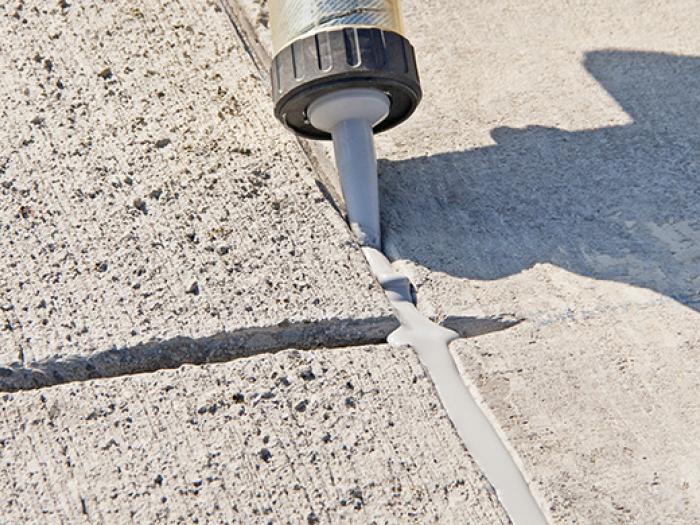
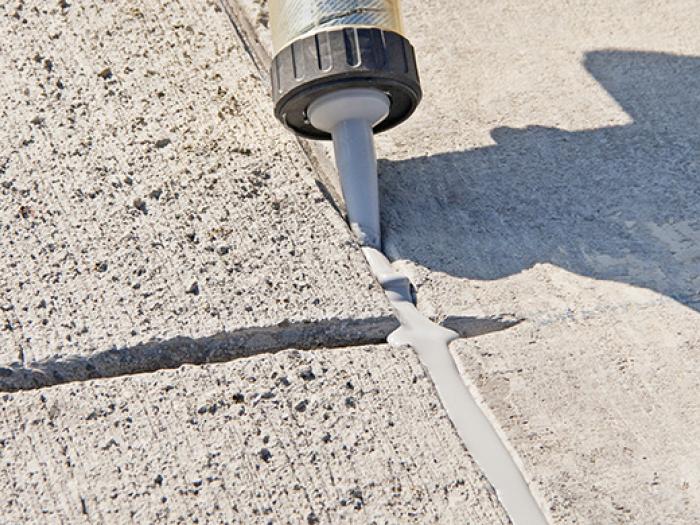
Mastics come in two basic types: water-based and solvent-based.
Water-based mastic is applied in one layer and the surface is allowed to dry completely before use. This type of sealant will not cure properly if it gets wet again during application. These types of sealers are the cheapest, but they can also take longer to dry and sometimes don't work as well.
Solvent-based mastic is applied in a thin layer and must dry completely before use. This type of sealant cures much faster than water-based, making it more popular in high-traffic areas like kitchens and bathrooms.
However, solvent-based mastic has the potential to damage certain types of surfaces if its vapors are released onto other surrounding materials, such as wood.
How do you choose the right mastic sealer for your needs?
Mastic sealants are ideal for sealing cracks and openings in buildings. They are available in diverse designs and can be used for a wide variety of purposes.
In this article, we will explain the factors you should consider when choosing the right mastic sealant for your needs. You will also learn which sealant is best suited for each situation.
Factors to Consider When Choosing the Right Mastic Sealant: Before making a final decision, you need to consider several factors. First, you need to decide whether you want a waterproof or exterior sealant.
As the name suggests, waterproof sealants can be used on interior and exterior walls that need to be sealed. On the other hand, exterior sealants can only be used on the outside of walls that need to be sealed; they cannot be used on indoor surfaces.
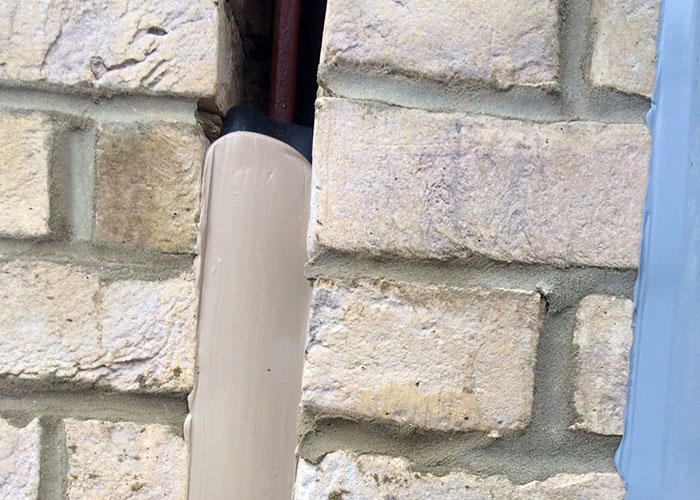
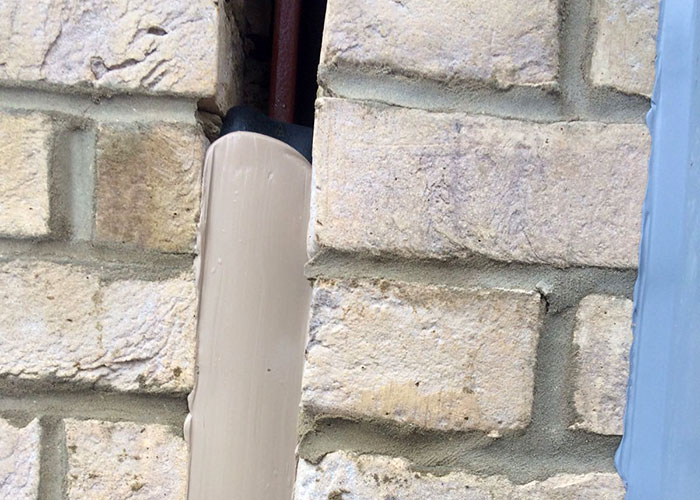
Advantages of mastic sealant
Mastic sealant is a material used to seal gaps and fissures in walls, floors and ceilings.
Mastic sealant is a material used to seal gaps and fissures in walls, floors and ceilings. It can be applied to various surfaces such as concrete, brick, blocks or stucco. Mastic sealant has many advantages, such as: B. Resistance to moisture, insects and rot, making it last longer than other materials.
Problems that may arise when using mastic
Mastic is a great way to make a home more livable. However, if used improperly, it can also cause damage to the home.
The most common mistake is to use too much mastic and then scrape it off before it dries. This leaves sticky residue on the floor and walls that are difficult to remove.
Another mistake that people often make is not waiting for the mastic to dry before putting the furniture back in the room. This could cause damage if the furniture slides on the surface while it is still wet.

